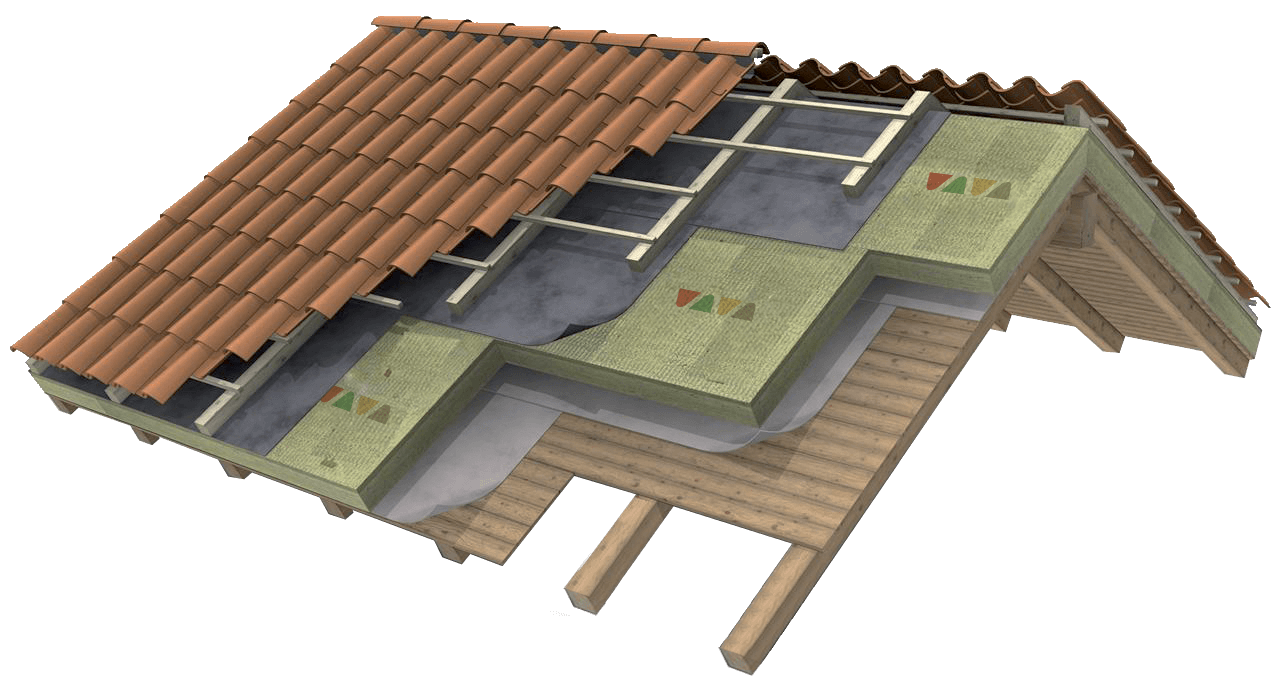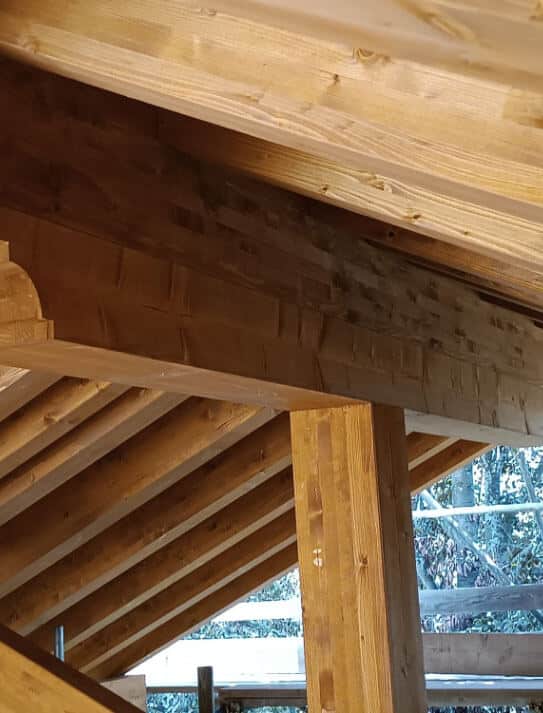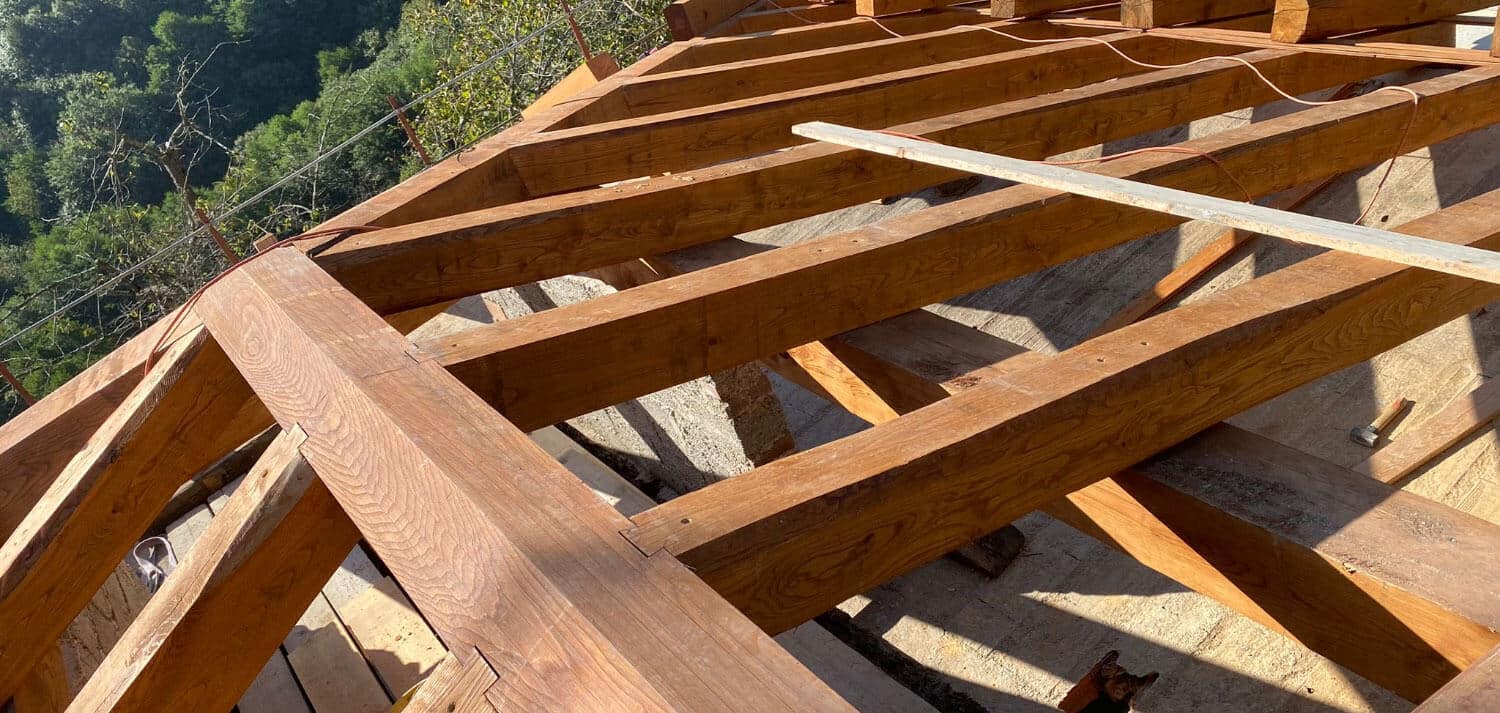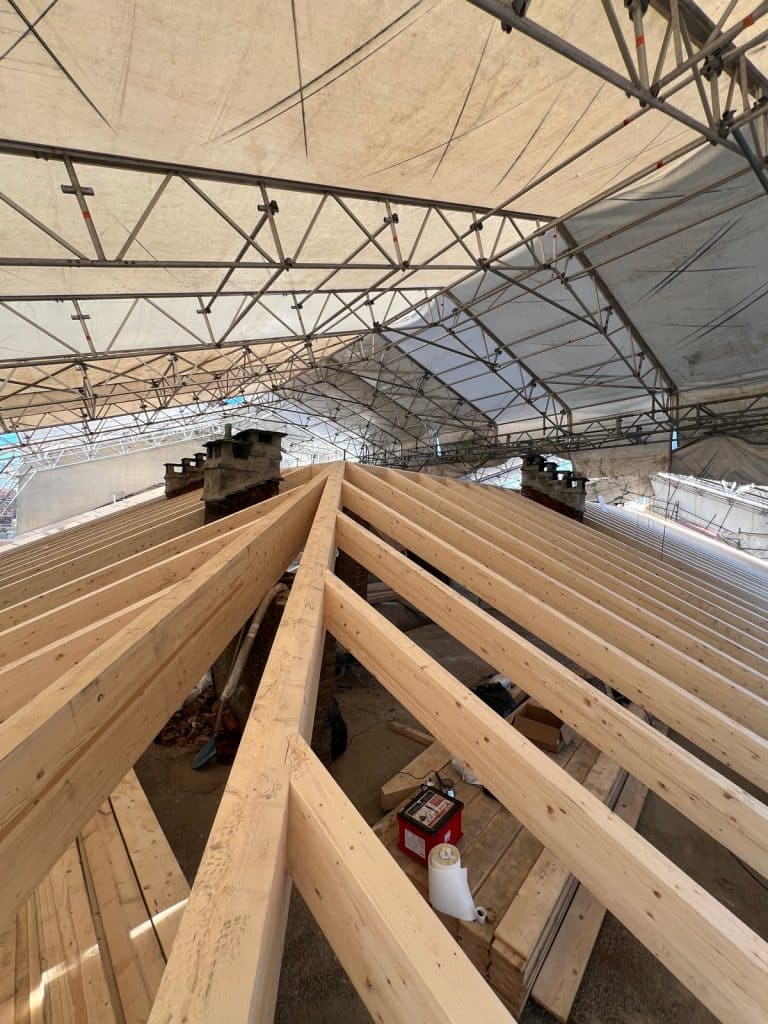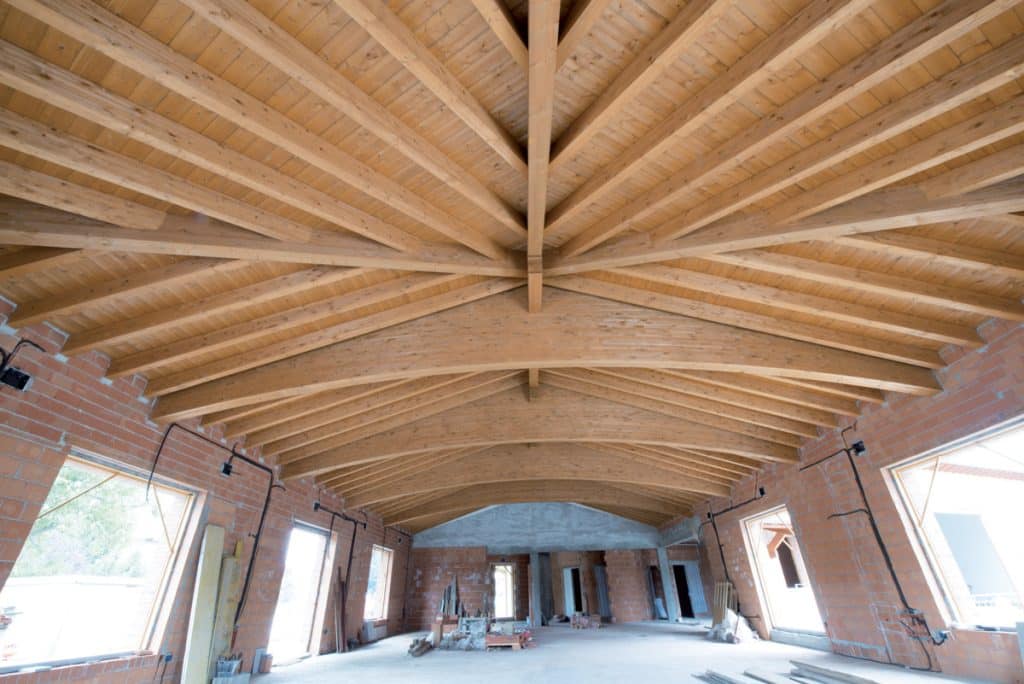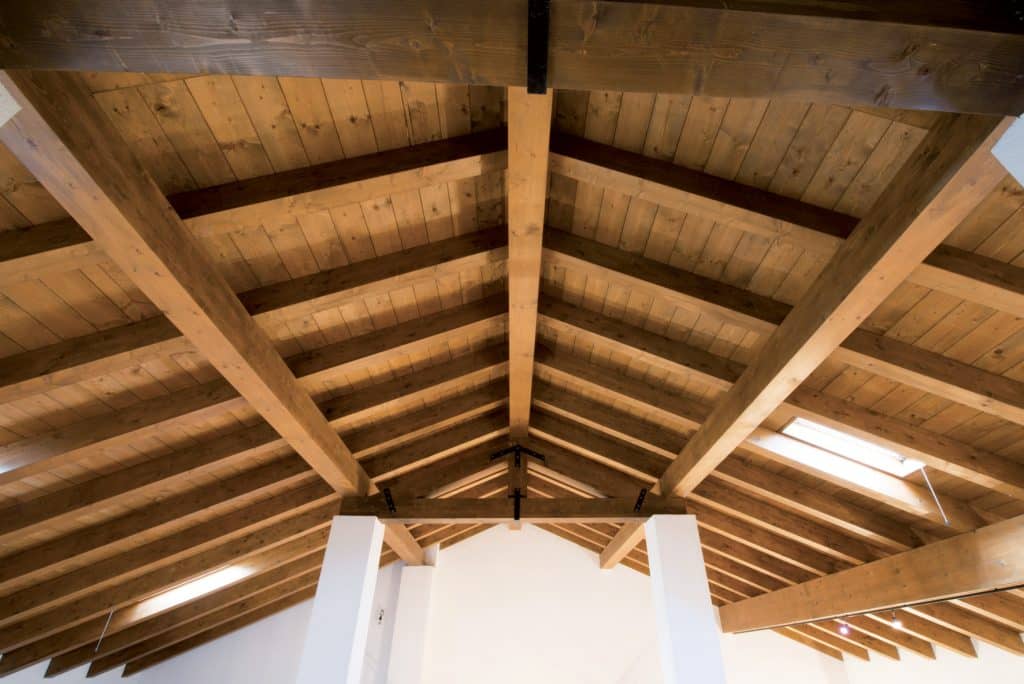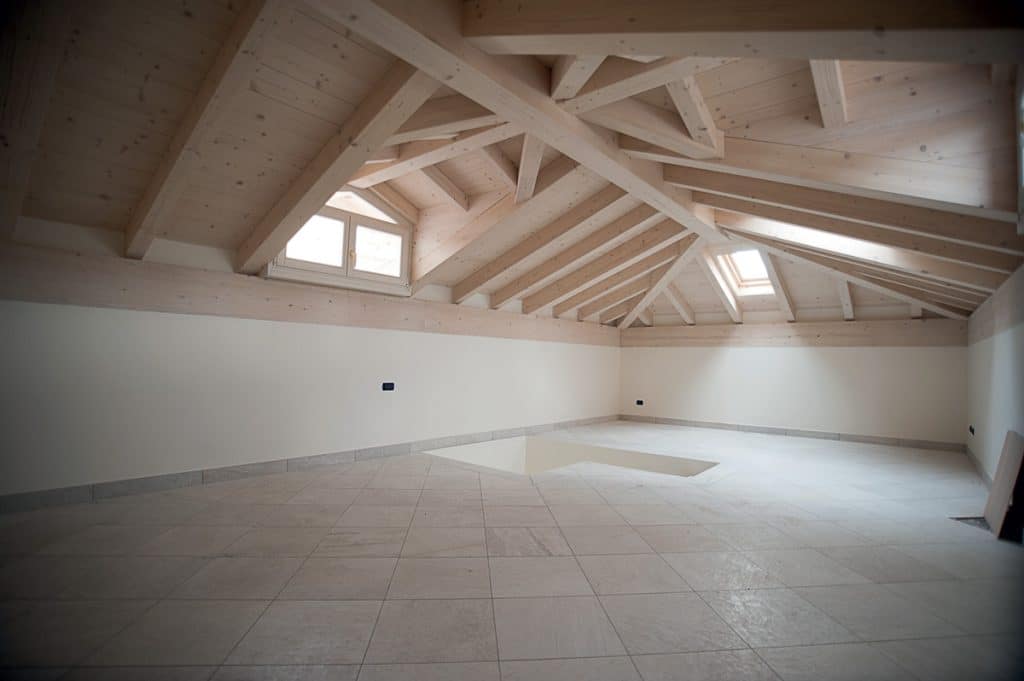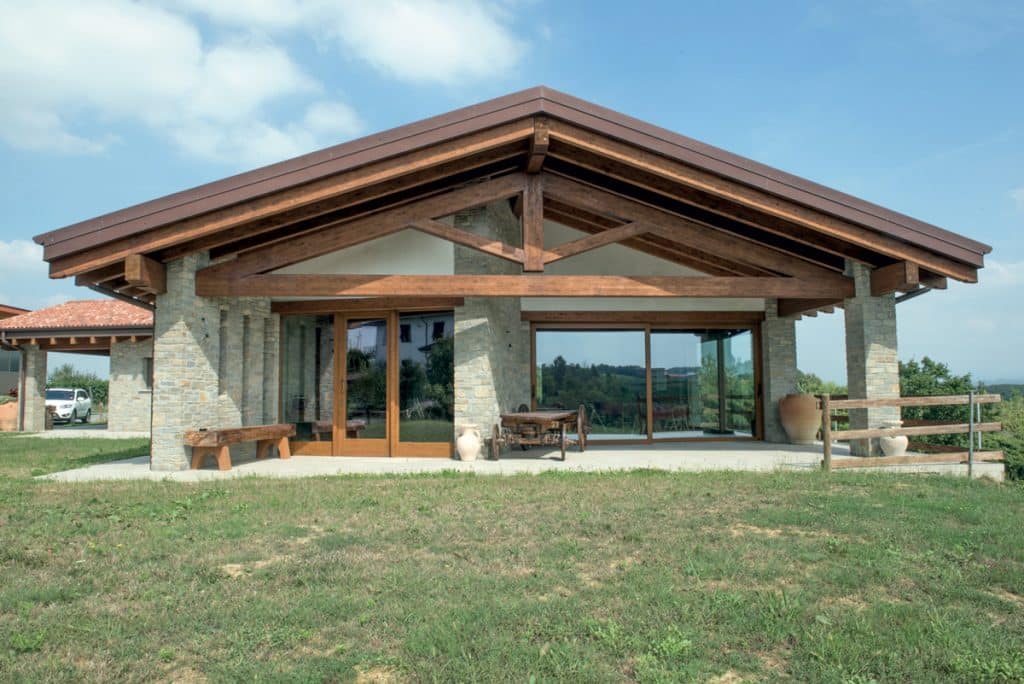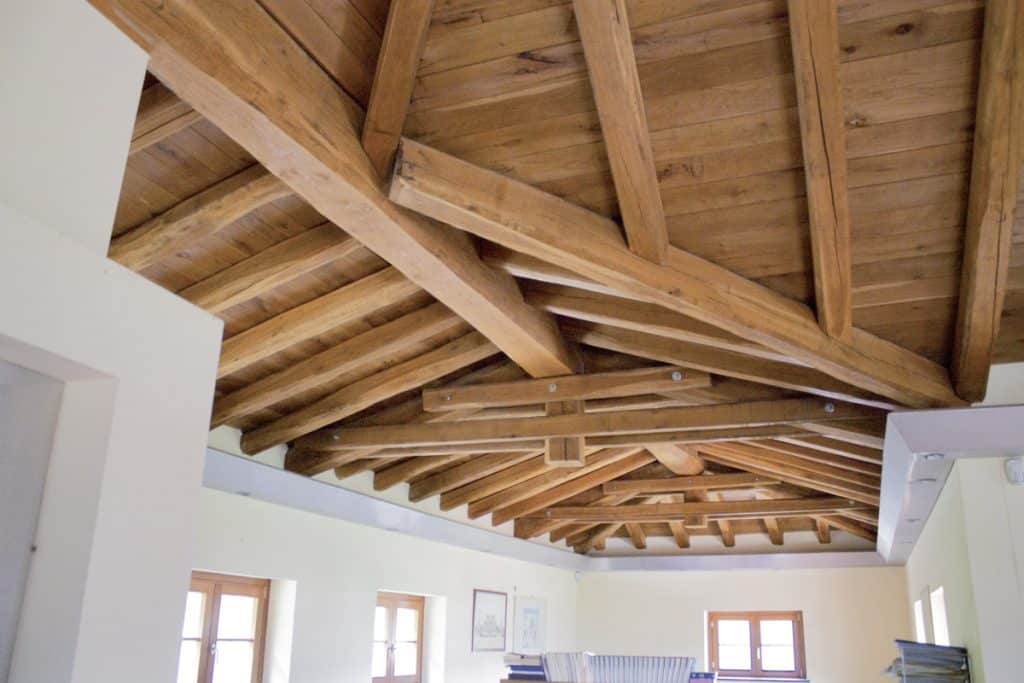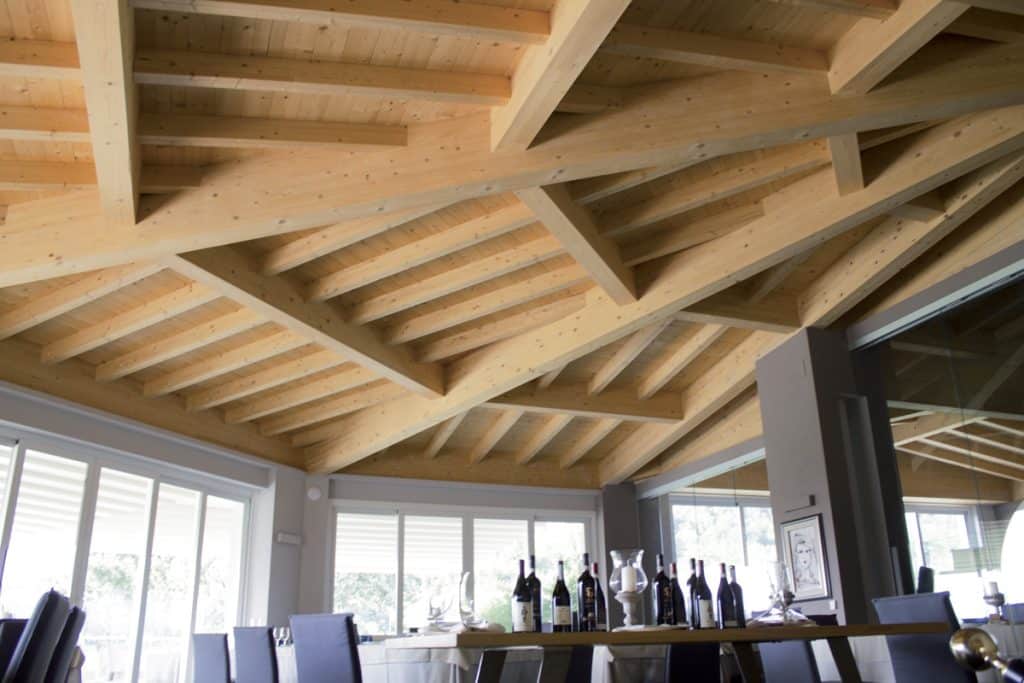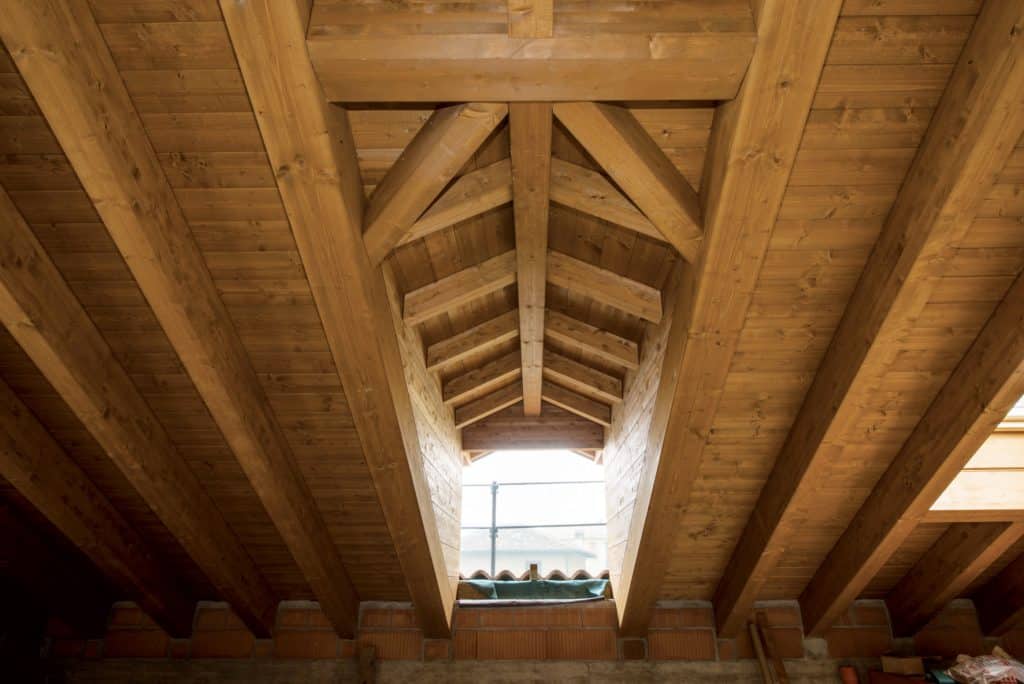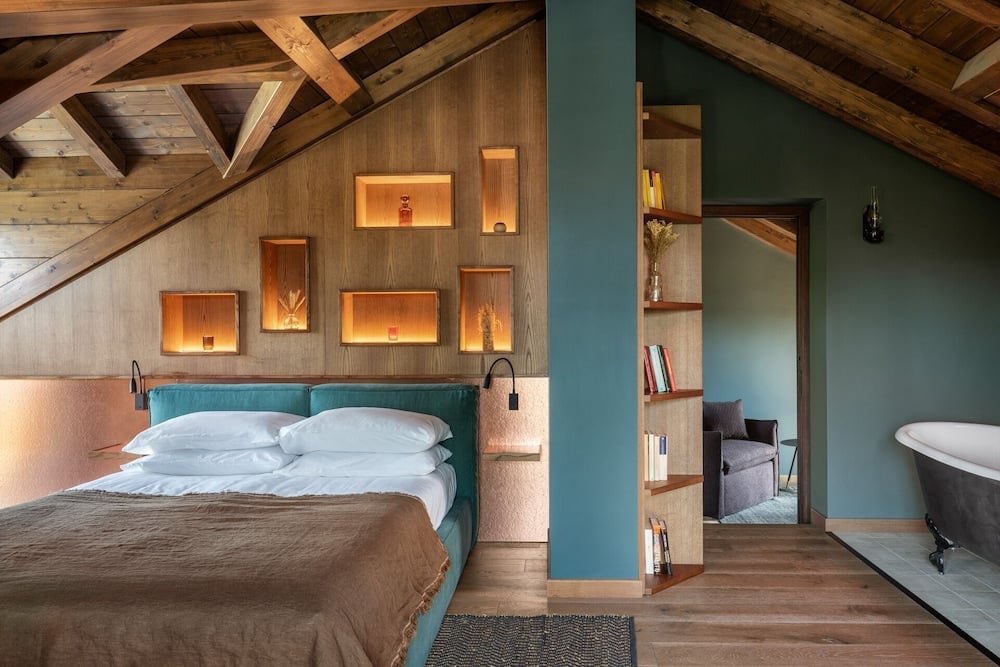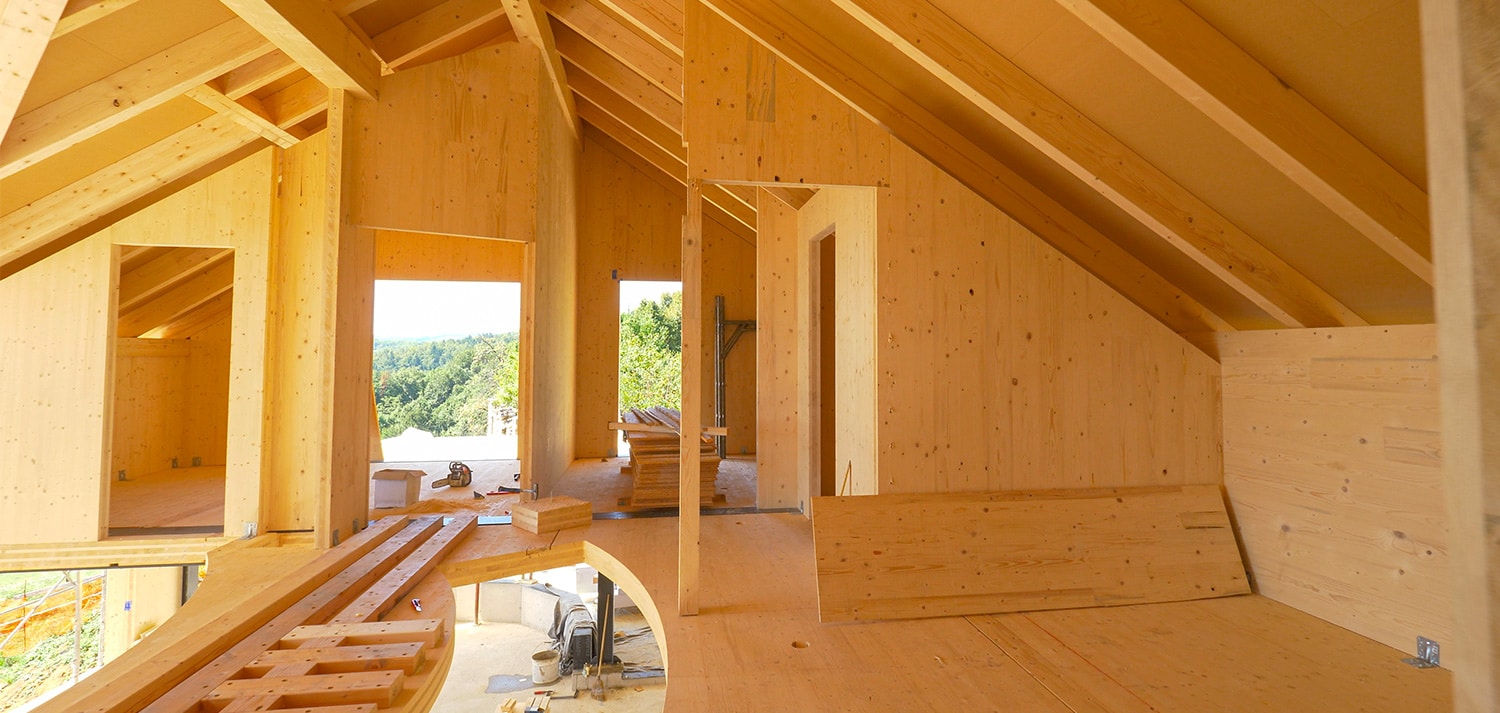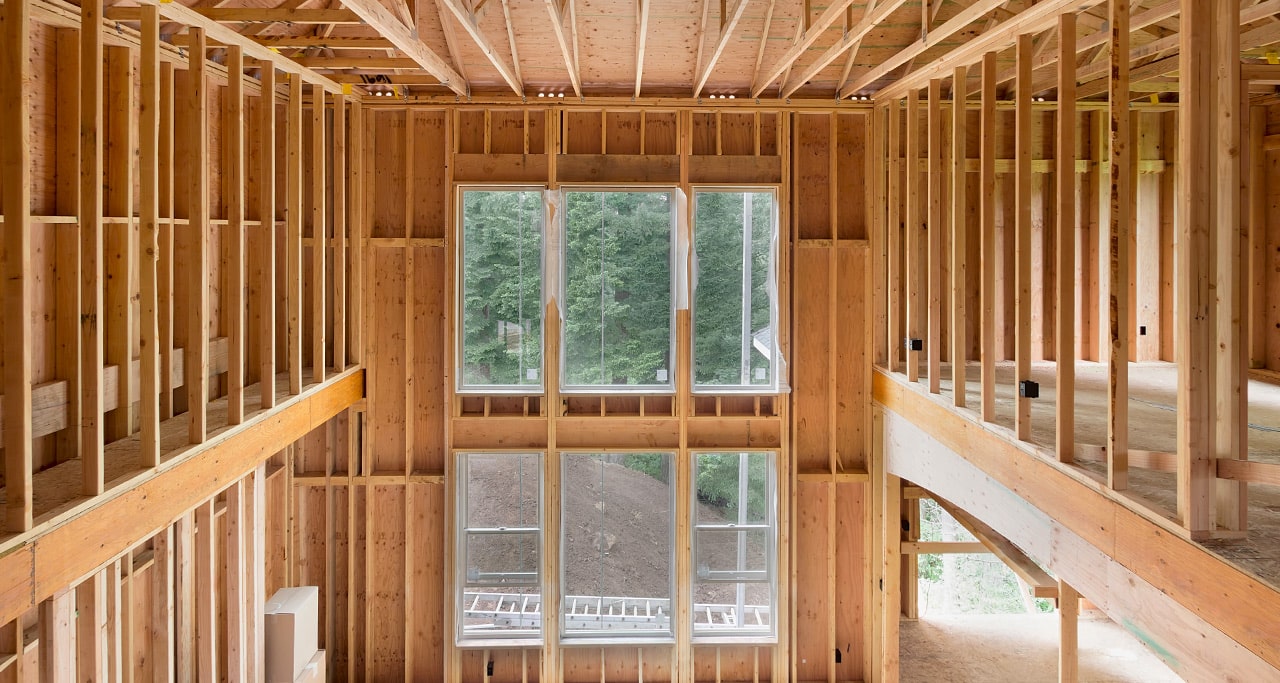Timber houses ensure the absence of thermal bridges and condensation risks due to their high vapour permeability, thus promoting a healthy environment.
Glulam, in particular, reveals excellent mechanical properties, being elastic and having considerable tensile, compressive and bending strength. In addition, its low specific weight and excellent thermal-acoustic characteristics make it a first-class building material.
Wood, with elastic characteristics similar to steel, demonstrates a remarkable ability to resist telluric forces. Surprisingly, its fire resistance is superior to that of traditional bricks, with wooden buildings providing REI values comparable or even higher than masonry or reinforced concrete structures.
Wooden houses, thanks to their excellent insulation, reduce energy loss, leading to long-term cost savings. Their ability to maintain comfortable temperatures during all seasons reduces air conditioning and heating costs. In addition, the construction and installation of wooden houses is considerably faster than traditional masonry houses.
Prefabricated timber houses, often undervalued compared to traditional masonry constructions, demonstrate exceptional qualities compatible with the future vision of sustainable building. They contribute significantly to CO2 reduction, complying with the regulations set by the Kyoto Protocol. All Cavanna Group timber houses can achieve Class A and, with the integration of appropriate systems, even Class Superior, defined as ‘passive house’. Wooden houses represent a long-lasting qualitative and economic investment.


